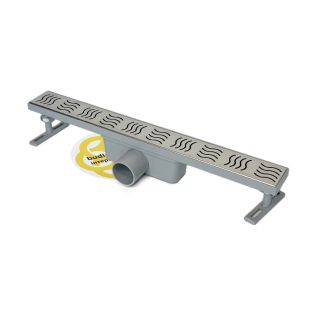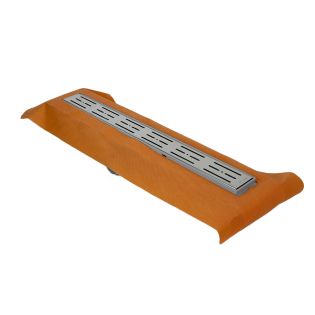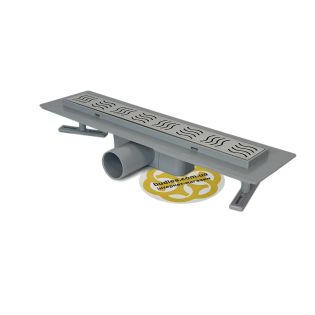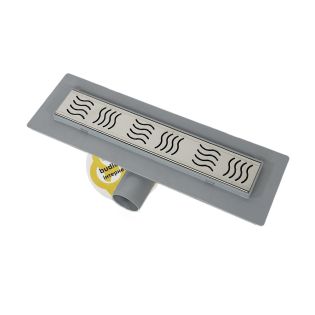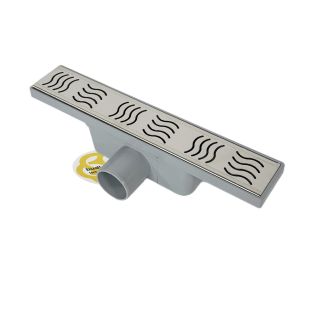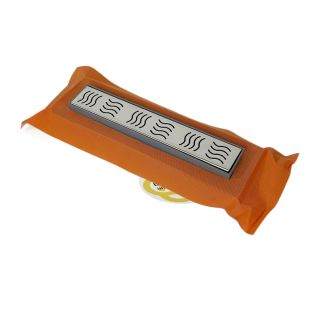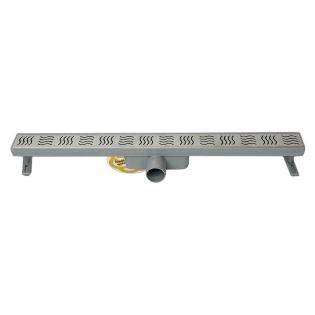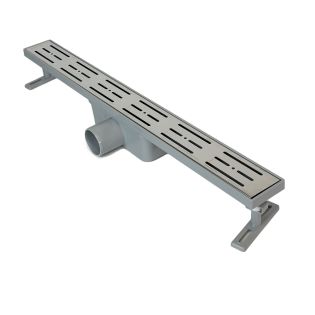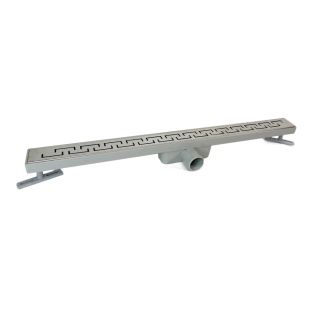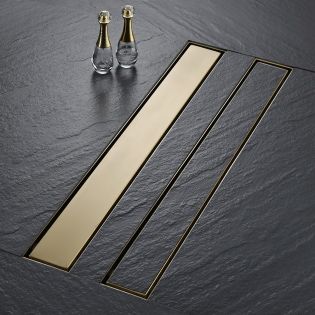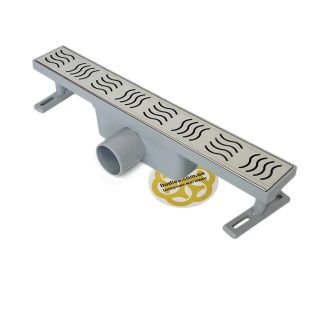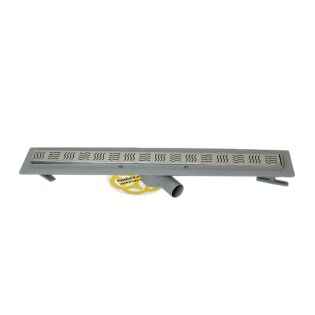How long should a linear shower drain be?
Shower drains are not just a functional element, but a key component of any bathroom, ensuring efficient drainage and preventing clogs. In this article we will look at the main issues related to the selection, installation and use of shower drains.
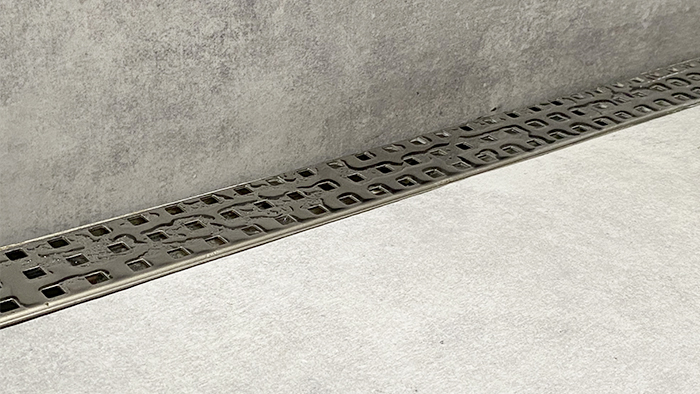 Linear shower drains are elongated, narrow structures that are installed along the wall of the shower space. The optimal length of a linear drain depends on the size of the shower, but as a rule they range from 60 to 120 cm. It is important to choose a drain of sufficient length to ensure effective drainage of water from the floor surface.
Linear shower drains are elongated, narrow structures that are installed along the wall of the shower space. The optimal length of a linear drain depends on the size of the shower, but as a rule they range from 60 to 120 cm. It is important to choose a drain of sufficient length to ensure effective drainage of water from the floor surface.
- Which drain is better: linear or point?
Both types of ladders have their advantages and disadvantages. Linear drains have a more aesthetic and modern design, and also provide a more uniform drainage of water. Point drains are more traditional and can be more economical. The choice between them depends on design preferences, budget and the specifics of your particular installation.
- Which drains are best for showers?
The best drains for showers are those that have good flow, are easy to clean and durable. Stainless steel and ABS plastic are ideal options. It is also important to choose drains that are odor- and clog-resistant to ensure hygiene and efficient use.
- What should be the slope of the shower drain?
The slope of the shower drain must be sufficient to ensure free flow of water. A slope of 1 to 2 percent toward the drainage is generally recommended. This ensures sufficient water movement and prevents water retention, which can lead to the formation of mold and mildew.
What is the minimum width for ladders?
The minimum width of the drain depends on the volume of water that it must drain. Typically, the minimum width of a shower drain is about 5 cm, but may vary depending on the specific model and manufacturer.
- Where to place the drain in the shower
The drain should be installed at the lowest point of the shower floor, closest to the drain. This ensures maximum drainage of water and prevents water retention. The exact location of the drain depends on the specific design and size of the shower, but it is usually placed in the middle or at the edge of the shower area.
- What types of ladders are there?
There are several types of shower drains, including linear , point and integrated (wall) . In addition, they may vary in material, size, design and functional features. The choice of a specific type depends on preference, budget and the specifics of the particular installation.
In conclusion, selecting and installing a shower drain are important steps in creating a functional and aesthetically pleasing bathroom. A properly selected and installed drain ensures efficient drainage of water, prevents blockages and ensures comfortable shower use for many years.
Additional products
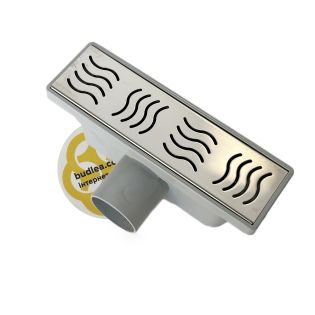 Shower drain CLASSIC 20 cm, horizontal, water seal, wave grate
Shower drain CLASSIC 20 cm, horizontal, water seal, wave grate
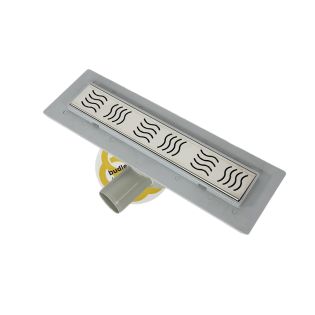 Shower drain REVOLVE 33 cm with flange, swivel siphon, horizontal, wave grate
Shower drain REVOLVE 33 cm with flange, swivel siphon, horizontal, wave grate
 REVOLVE shower drain 33 cm with flange, s-siphon, horizontal, wave grate
REVOLVE shower drain 33 cm with flange, s-siphon, horizontal, wave grate
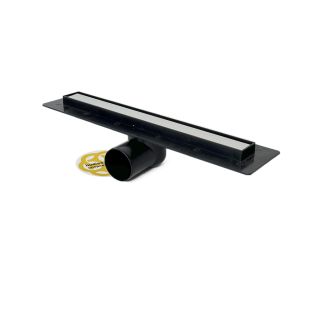 Shower drain THIN 33 cm with flange, horizontal, all-metal grille
Shower drain THIN 33 cm with flange, horizontal, all-metal grille
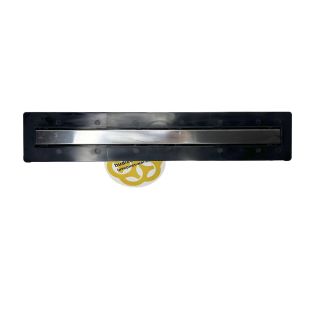 Shower drain THIN 40 cm with flange, horizontal, all-metal grille
Shower drain THIN 40 cm with flange, horizontal, all-metal grille
 Shower drain THIN 50 cm with flange, horizontal, all-metal grille
Shower drain THIN 50 cm with flange, horizontal, all-metal grille
 REVOLVE shower drain 40 cm with flange, s-siphon, horizontal, square grate
REVOLVE shower drain 40 cm with flange, s-siphon, horizontal, square grate
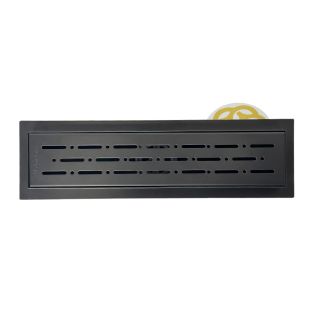 Shower drain ALFA BLACK 30 cm with flange, vertical Ø50, with dry shutter, rain grate, black
Shower drain ALFA BLACK 30 cm with flange, vertical Ø50, with dry shutter, rain grate, black
 Shower drain ALFA BLACK 30 cm with flange, vertical Ø100, with dry shutter, rain grate, black
Shower drain ALFA BLACK 30 cm with flange, vertical Ø100, with dry shutter, rain grate, black
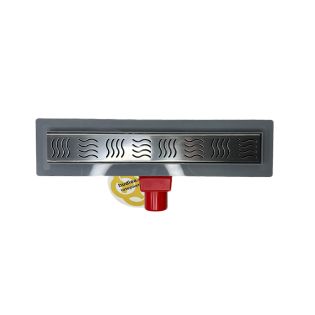 REVOLVE shower drain 40 cm with flange, s-siphon, horizontal, wave grate
REVOLVE shower drain 40 cm with flange, s-siphon, horizontal, wave grate
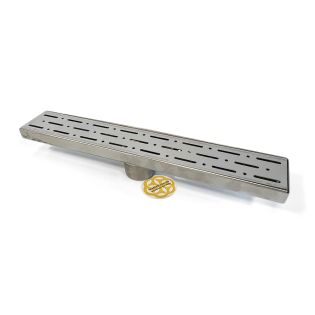 Shower channel ALFA DIRECT 40 cm, vertical, dry shutter, rain grate
Shower channel ALFA DIRECT 40 cm, vertical, dry shutter, rain grate
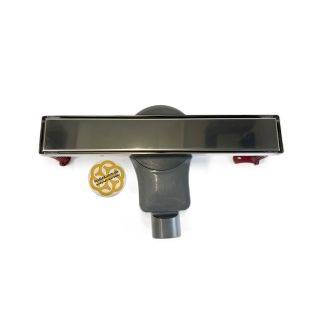 Shower drain GALA TILE INSERT 40 cm, horizontal, with double shutter, swivel siphon, tile grate
Shower drain GALA TILE INSERT 40 cm, horizontal, with double shutter, swivel siphon, tile grate
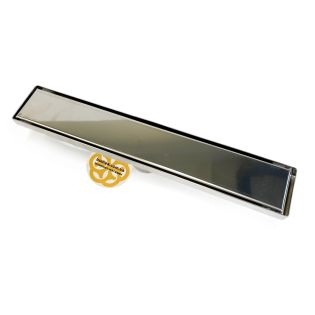 Shower channel GALA TILE INSERT 40 cm, vertical, with dry shutter, tile grate
Shower channel GALA TILE INSERT 40 cm, vertical, with dry shutter, tile grate

